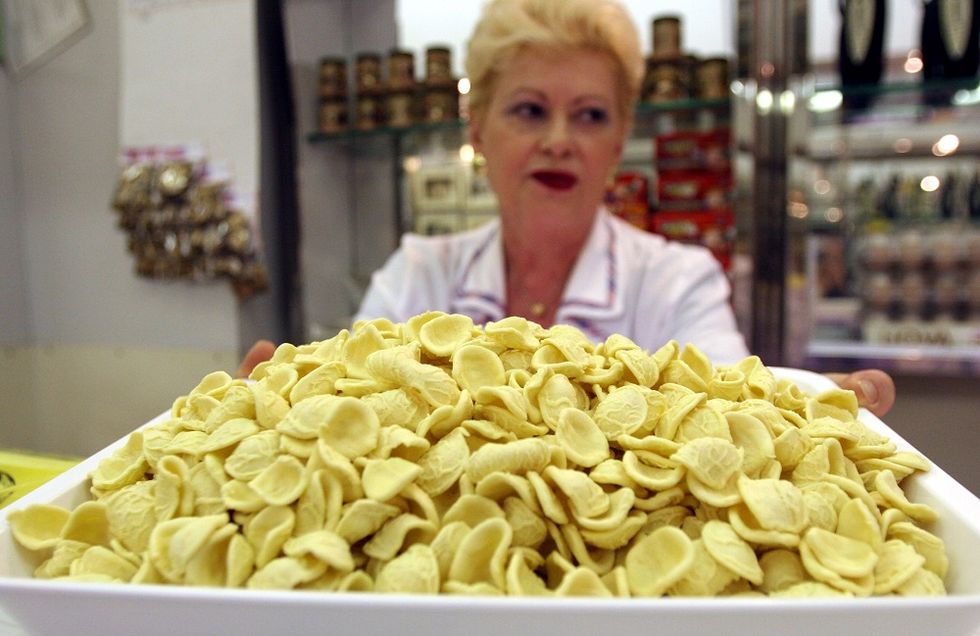How Orechiette became a symbol of Italian food around the world
The Apulian Pasta: simple and delicious
Orecchiette have become popular around the world as a delicious type of Italian pasta. They come from Apulia and they distinguish themselves with their particular shell-shape, which is well suited for all kinds of sauces.
Orechiette's origin is not very clear but historically we know that they were already famous in the 16th century. This kind of pasta is included in the list of Traditional Agro-Food Products (the Italian PAT) and has several names according to the dimensions, such as chianchiarelle (the smaller ones) and pociacche (the bigger ones). They were usually hand made and also modelled by using fingers only.
With regard to their production, Orecchiette are made with durum wheat flour, water and salt. They usually have a smooth interior part and rough exterior surface deriving from the rough work surface area.
Tradition tells us that Orecchiette come from the Hebrew biscuits called Amman's Ears, made during the Purim Celebration, remembering the failed persecution of Jews by the evil Persian minister Amman, thanks to the brave queen Esther.
Orecchiette can be accompanied by a great variety of sauces, but also by a simple tomato sauce. Nevertheless, Orecchiette are best served with vegetable-based sauces, such as cauliflower and broccoli. One of the most delicious and traditional vegetable sauces with Orecchiette is the one made of turnip, a symbol of Apulian cuisine.
Very easy to do, all you need is turnip to cook with pasta, anchovies, garlic and chilli. This recipe will certainly be successful. Turnip needs to be cleaned and then put into a pot with water and salt. As soon as the water starts boiling, you need to put the pasta in and cook them together. At the same time, in a wide anti-sticky pan, you need to put the garlic frying with olive oil and anchovies fillets. When the pasta is ready, drain it and the put it in the pan and stir-fry it for a couple of minutes. Believe it or not, it will be very yummy.
Follow @castaritaHK


